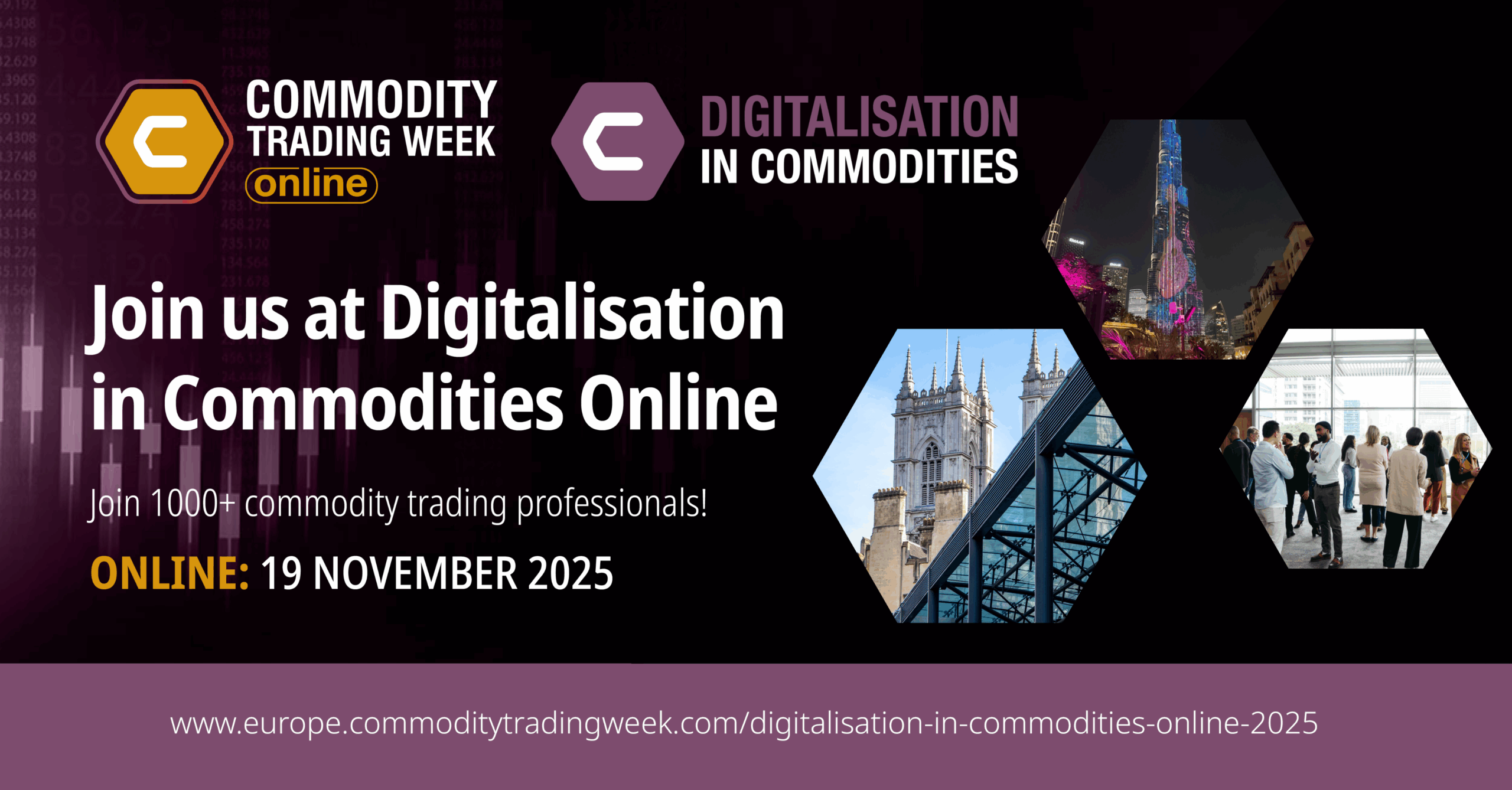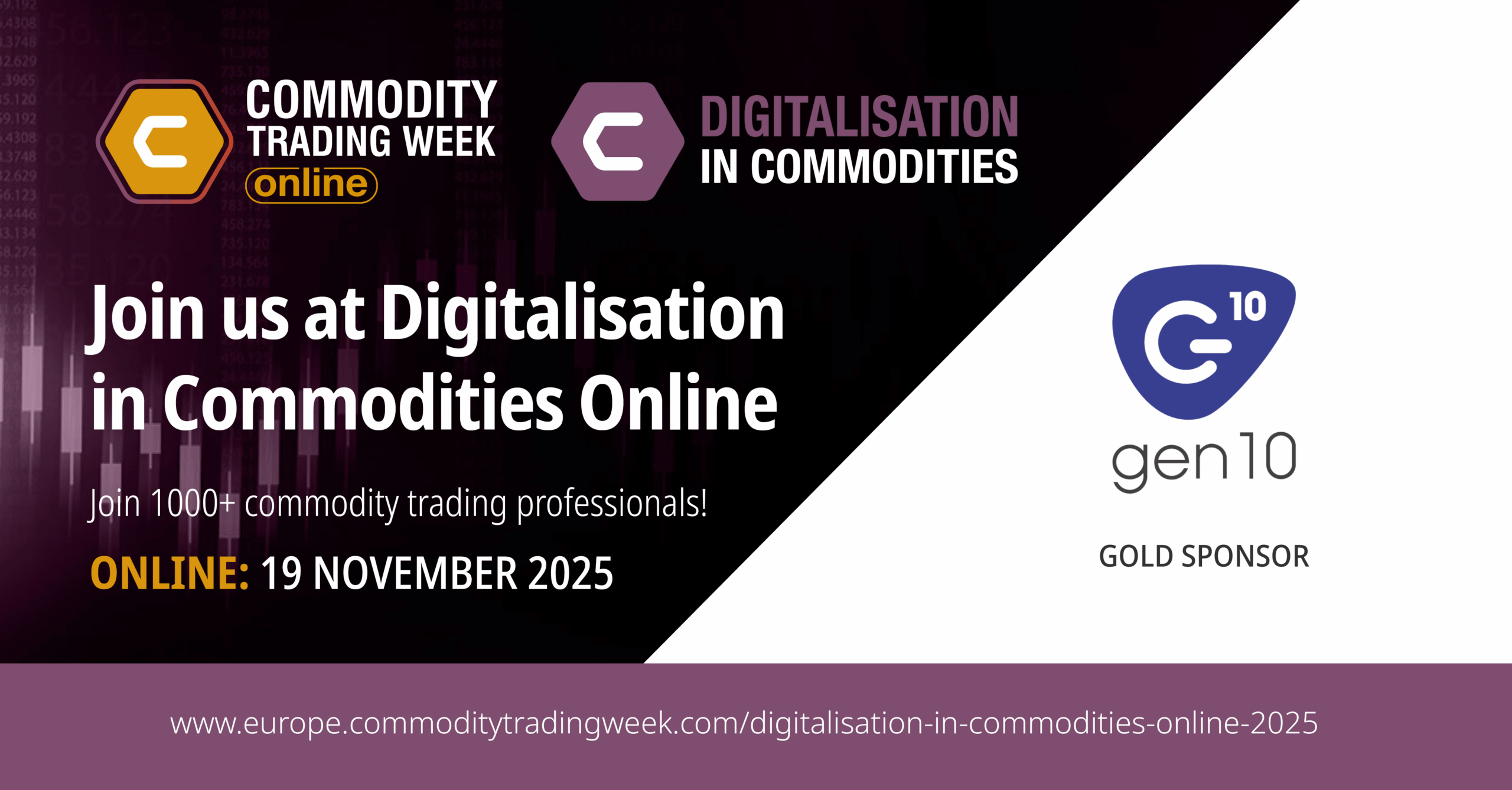
Introduction
In the current CTRM (Commodity Trading Risk Management) software market, many systems proclaim themselves to be multi-commodity, but this does not mean that they were all created equal, or that they all serve each individual commodity as you might expect them to.
Some systems were built for a specific commodity then later expanded to encompass others. However, since different commodities have different physical properties and pricing mechanisms, force fitting additional commodities often results in a poor fit for those added commodities. And whilst this is not always an issue, it can lead to companies needing to find workarounds such as manual processes and spreadsheets, creating friction, frustration, and unnecessary operational risk.
Other CTRM systems expanded their functionality through mergers and acquisitions. This has the advantage for the vendor of enabling them to rapidly expand their functionality and serve new markets, but it can mean that the experience for clients is disjointed, or even that they may not be able to manage every product in the same system. It may also meaning adopting multiple solutions to actually handle all traded commodities and even though they may be provided by a single vendor, they were developed as stand-alone solutions and may not be well integrated.
But some CTRM systems are truly multi-commodity, and have been designed from the ground-up with the flexibility to handle the complexity of contracts, logistics, and pricing that each commodity they serve need. Gen10’s CommOS is one such system – our clients currently manage over 100 commodities through it.
So, taking CommOS as an example, let’s explore the benefits a multi-commodity CTRM system can offer you.
The advantages of a truly multi-commodity CTRM
The benefits are obvious for companies who are trading multiple commodities
Firstly, a multi-commodity CTRM allows for operational efficiency across products. All teams are using the same platform, and can all access the same data, with no need to copy information, wait for others to copy reports across, and no risk of the errors and missed opportunities that this extra work creates. And with a complete commodity management system like CommOS, this extends across all teams – traders, operators, risk teams and managers are all managing their own tasks within CommOS, so creating a truly live picture of all positions at any given moment.
As well as reducing operational risk, using one system to manage all stages of the contract lifecycle – from deal capture to invoicing – provides many benefits in terms of reporting and reconciliation. Real-time reports that update throughout the day are the norm in CommOS. And with integrations to ERP and general ledger systems, reconciliation is instant, month-end processes are simple, and there is no need to manually copy information from multiple sources into spreadsheets to create management reports.
This provides improved risk management, compliance, and auditability, with a consolidated view of all positions, exposures and P&L across all your operations. And as well as saving on the frustration of manual reconciliation, the time savings can be substantial, with fewer hours spent tracking down information, creating reports, reconciling different systems, and fixing the inevitable errors that occur.
The enhanced position visibility provides benefits beyond reporting. It also means that individuals are more effective in their day-to-day roles as they have all the data they need to make informed decisions in the moment. They can also create their own dashboards showing the live data that is relevant to them.
It also eliminates the need for costly interfaces between products if more than one CTRM is needed to cater for all the commodities traded, and this has a knock on effect on maintenance, support and training costs over the life of the solutions. It can also eliminate the need for overlays, for example to aggregate risk metrics, which also add unnecessary cost and complexity
And there are many benefits for those trading a single commodity, too
A CTRM built to handle many commodities has by nature to be flexible and scalable. This is important both for adapting the system to your unique processes during onboarding, and to work alongside your business as it evolves over time. After all, no two companies have the same internal processes, and you shouldn’t be expected to work to someone else’s model. This becomes even more important in times of volatility such as over the last few years and months. Being able to adapt to sudden market changes is a key to business success in an environment charged with geopolitics.
And a CTRM like CommOS is designed to manage complexity and exceptions. For example, our pricing calculator allows you to create your own pricing formulae with all the optionality that cotton and metal concentrates traders need, in the same system. It therefore had to be completely designed from scratch to be able to handle any pricing complexity, composite curves, fx and interest calculations that can be thought of. This flexibility across all aspects of CommOS gives both traders and operators exceptional optionality in building the most effective and profitable strategies.
Flexibility extends to logistics, with the ability to set up your own custom workflows in line with your own processes. Again, exception management and optionality are vital, with the ability to define workflow actions based on multiple scenarios, so your team are always compliant, and your processes are always followed, no matter how complex the real-world situation looks.
In fact, in the process of designing a solution for the complexities of many commodities, a lot of thought and in the case of CommOS – a lot of experience – has been employed in building the solution. This means that many areas of complex functionality are slicker and easier to implement and manage.
CommOS is therefore incredibly scalable when it comes to workflows, and even clients who are managing a single commodity can find themselves needing to add new workflows. For example, they may begin sourcing agricultural products from a new country and need to set up a new workflow to manage the different documents and processes involved.
A flexible CTRM has other benefits too, one of which is that implementations can be much faster and therefore less expensive, as there is a lot more customisation and less hard-coding. Implementation risk is therefore reduced, and in an industry where implementations can sometimes last much longer than planned with associated rising costs, this is a key benefit. At Gen10, we maintain a single code base across all 100 commodities, which means that we rely on having an incredibly customisable solution.
The other advantage of this single code base is that it means that if one client needs a particular feature or we expand their functionality, this is also available to our other clients too. So with CommOS, your CTRM is constantly evolving, with the needs of your own business, and with new features that you may not have considered, so you continuously build more value from your system.
Conclusion
A truly multi-commodity CTRM system can be a real asset for all commodity traders, not only those who work across multiple products. The benefits of these systems are unlocked by their flexibility, customisation, and continuous improvement. If you’re looking for a new CTRM system, make sure your shortlist can demonstrate it working with your actual processes. A good multi-commodity CTRM should have the flexibility to provide a demonstration of how they support your business, not just how they work with others in your industry. And that is vital, whether you trade one or one hundred commodities.


